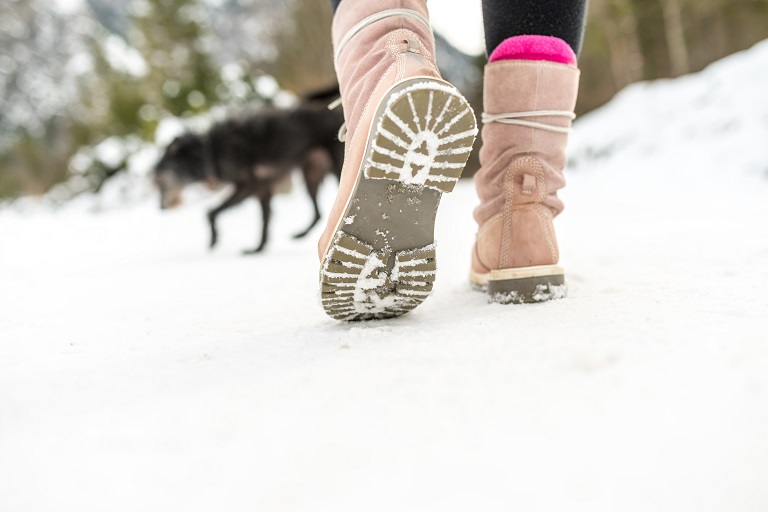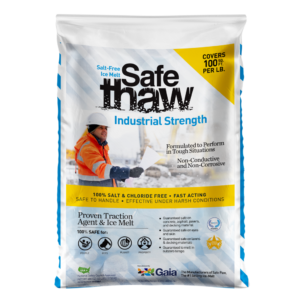Is Sand Really An Economical Option To Get Traction On Ice | Myths Busted

As winter approaches, the roads become more dangerous to drive on. However, there are many myths surrounding ways of making the roads safer during this time of year and how thick is ice safe to walk on. The first and most common myth is that sand creates traction on ice and that sprinkling sand on top of an existing layer of ice will help drivers gain traction when driving over it.
Myth #1: Sand is more effective than Walk On Ice
You’ll find that Walk On Ice is a much better traction solution than sand. Sand is effective on grassy surfaces but not so much on the ice. When it comes to getting traction on ice, Walk On Ice is the best option. Walk On Ice can be used in any weather conditions and will not damage your flooring or decking.
Myth #2: There are no risks associated with using sand.
You may think that sand is the perfect solution to get traction on ice, but there are risks associated with using sand. Many people wonder how thick is ice safe to walk on. Sand can be slippery and soft which makes it difficult to walk in or stand on for long periods.
If you use sand, all shoes and gloves should be off before entering your home or car so that you don’t track any into the house. Sand can get into your eyes and mouth if not careful while walking on it, so always wear sunglasses while outdoors in these conditions. If inhaled by accident through a sneeze or cough, it could cause respiratory problems later down the road like- asthma attacks which may require hospitalization if severe enough.
Myth #3: Sand is an economical way to get traction on ice.
There are a lot of myths about sand and ice safety, but one of the most common is that sand is an economical way to get traction on ice. The truth? It’s quite expensive and can be hard to find in certain areas.
In addition, even when you do find sand for sale, it might not be worth the cost or trouble. Sand has been found to wear down your shoes (even your expensive non-slip ice shoes) or boots rather quickly if you’re walking or running regularly (and this will make them more expensive in the long run). Some people also report that their feet start slipping around inside their shoes or boots when they’re wearing them after walking through a lot of sand—which makes sense: the friction between your foot and shoe will increase as more grains slip out from between them over time!
Get ready for winter with Walk On Ice instant traction on snow and ice
Conclusion
There is no doubt that the winter season can be very challenging for those who live in areas where the temperature drops below freezing. However, there are ways to make it safer by following certain strategies such as knowing how thick is ice safe to walk on, not walking on ice, and spreading a good traction agent on top of it. Remember that the cost of using sand is high compared with other alternatives like Walk On Ice.
Other Ice Melt Products
Safe Paw
The Original and #1 Selling Pet and Child Safe Ice Melt for over 20 years. Guaranteed environmentally safe – will not harm waterways and sensitive wetlands. All products are made in the USA.

Safe Thaw
Imagine an ice melt you can put down and never worry about. It won’t harm pets, kids, and your property. That’s Safe Thaw. Unlike anything else on the market, Safe Thaw can change how winter affects our planet.



